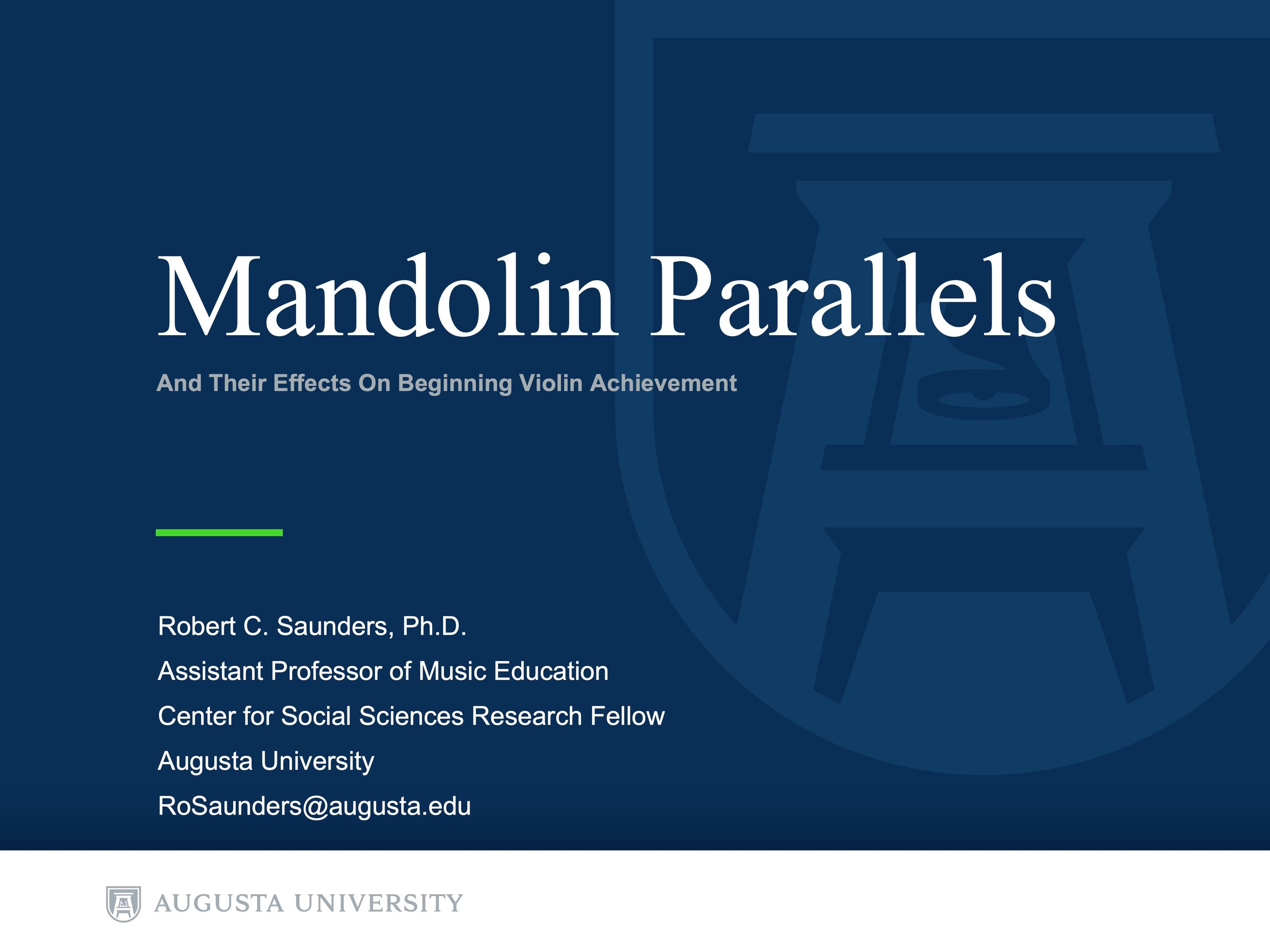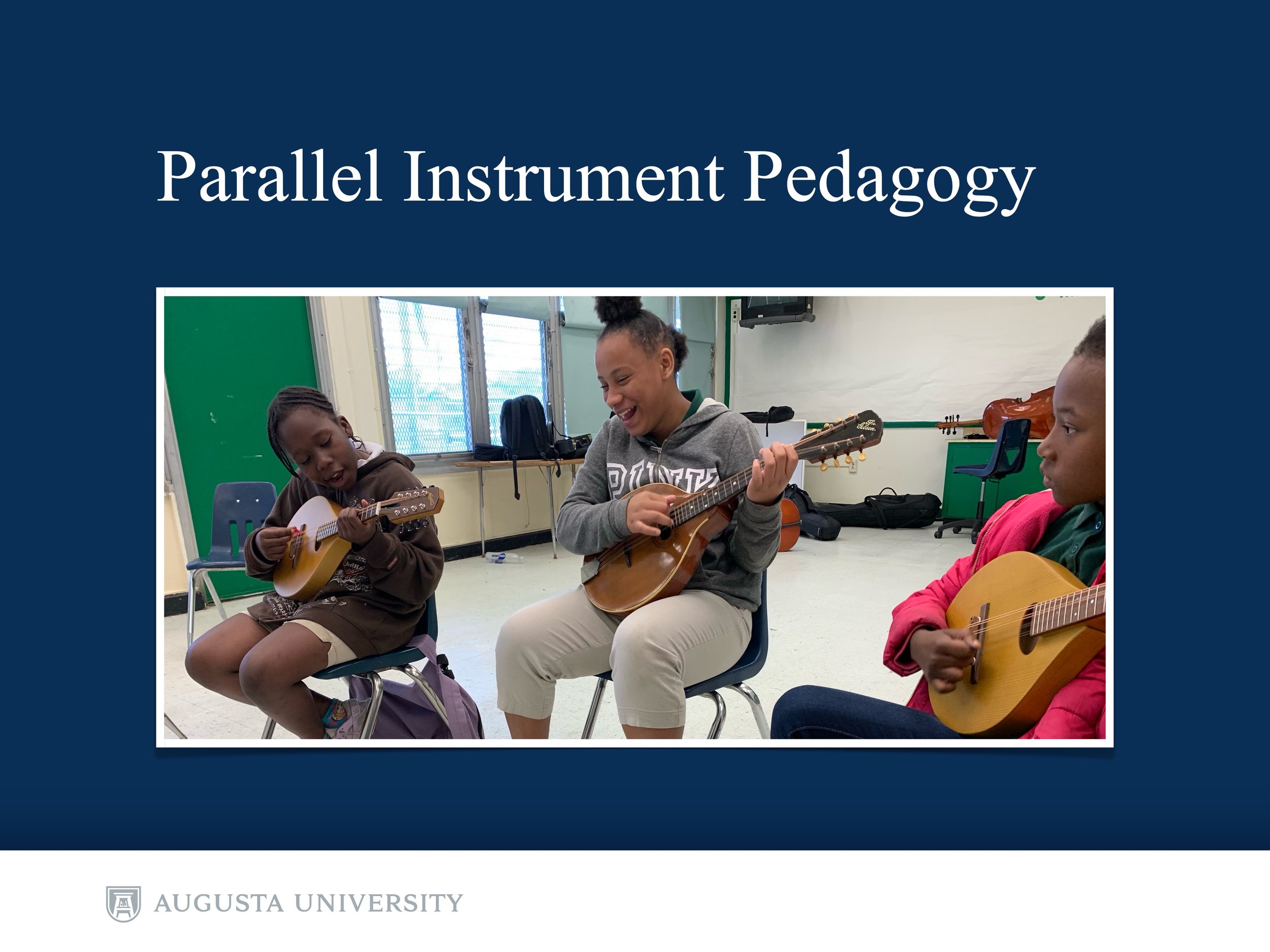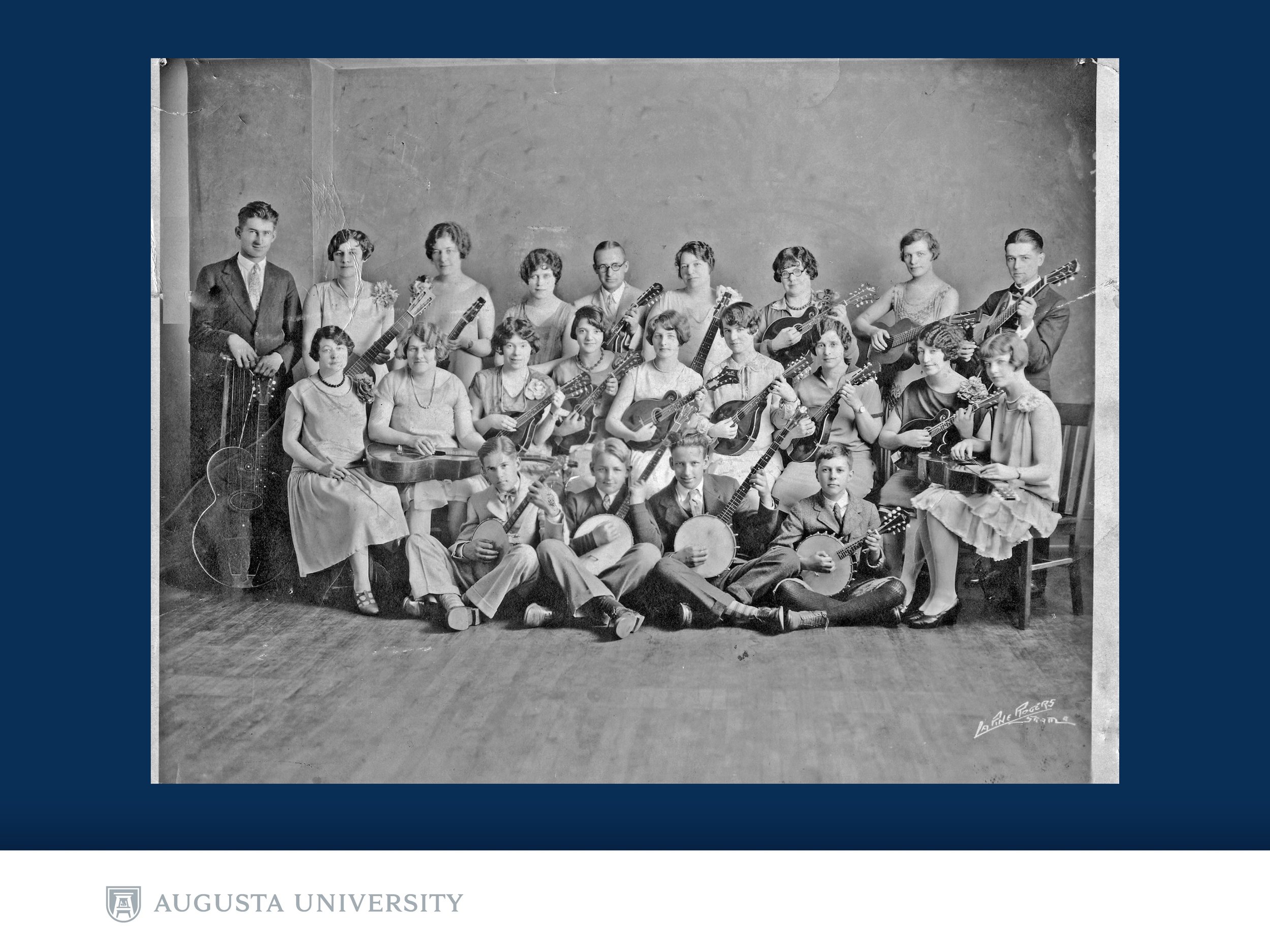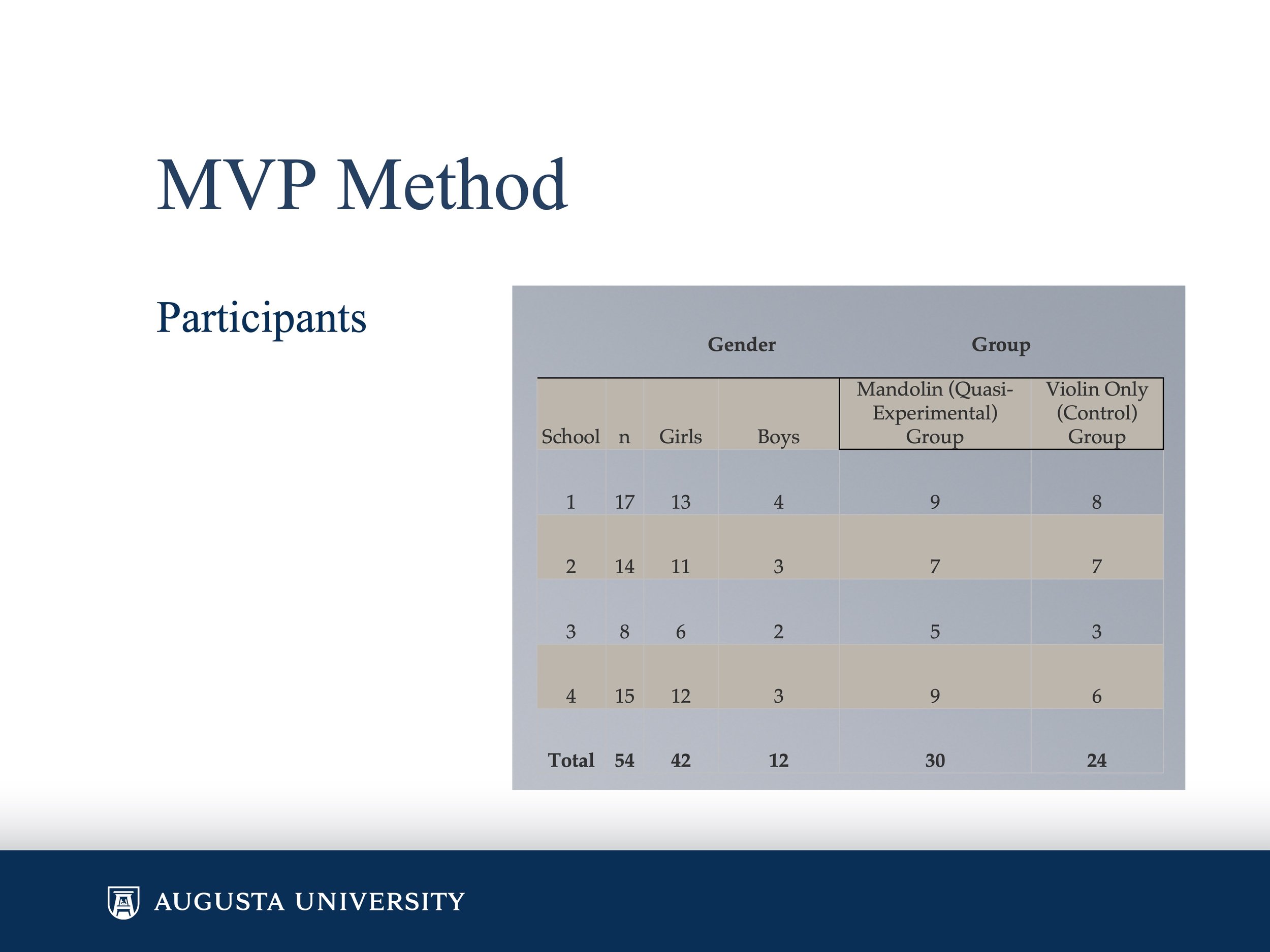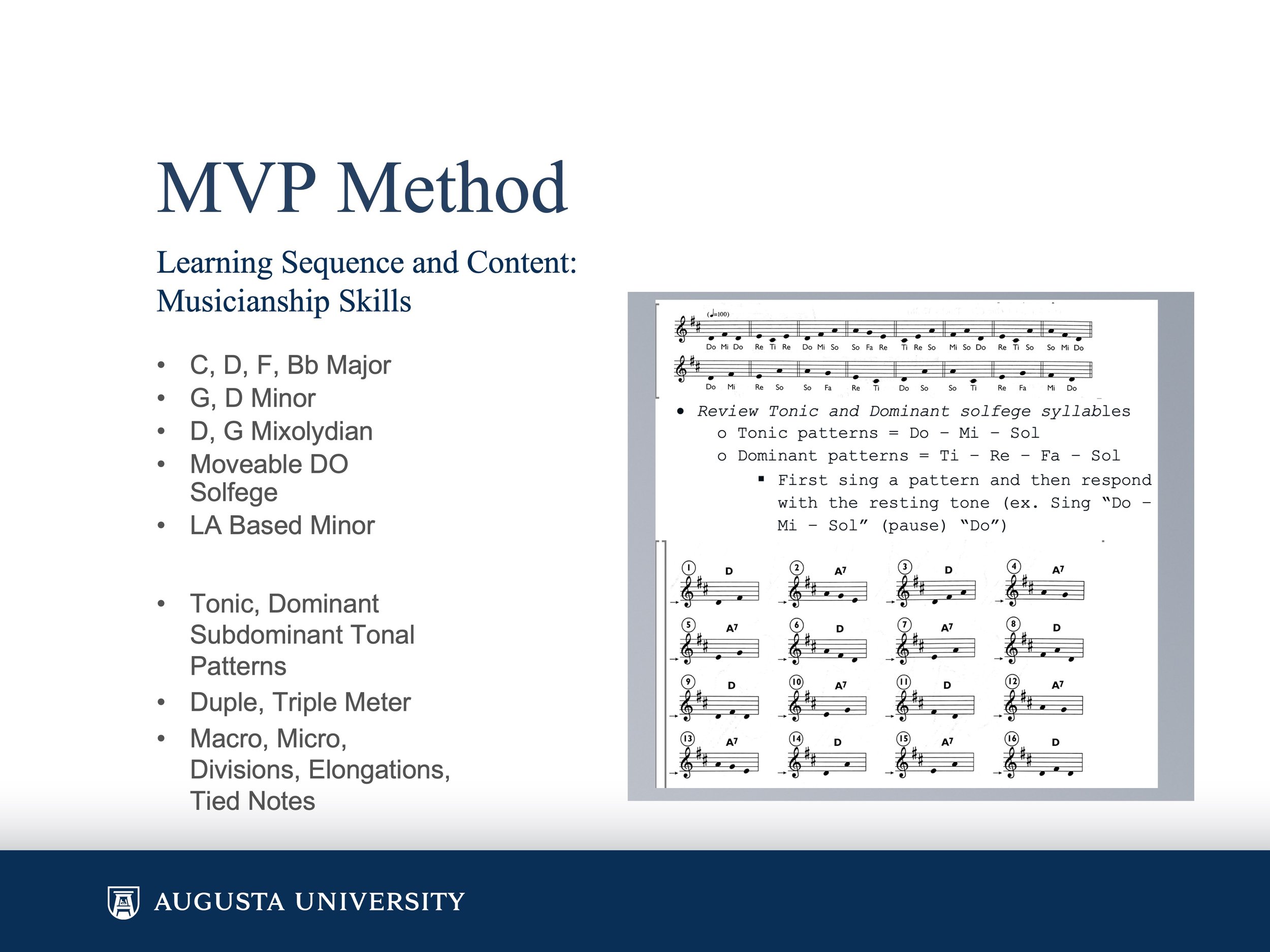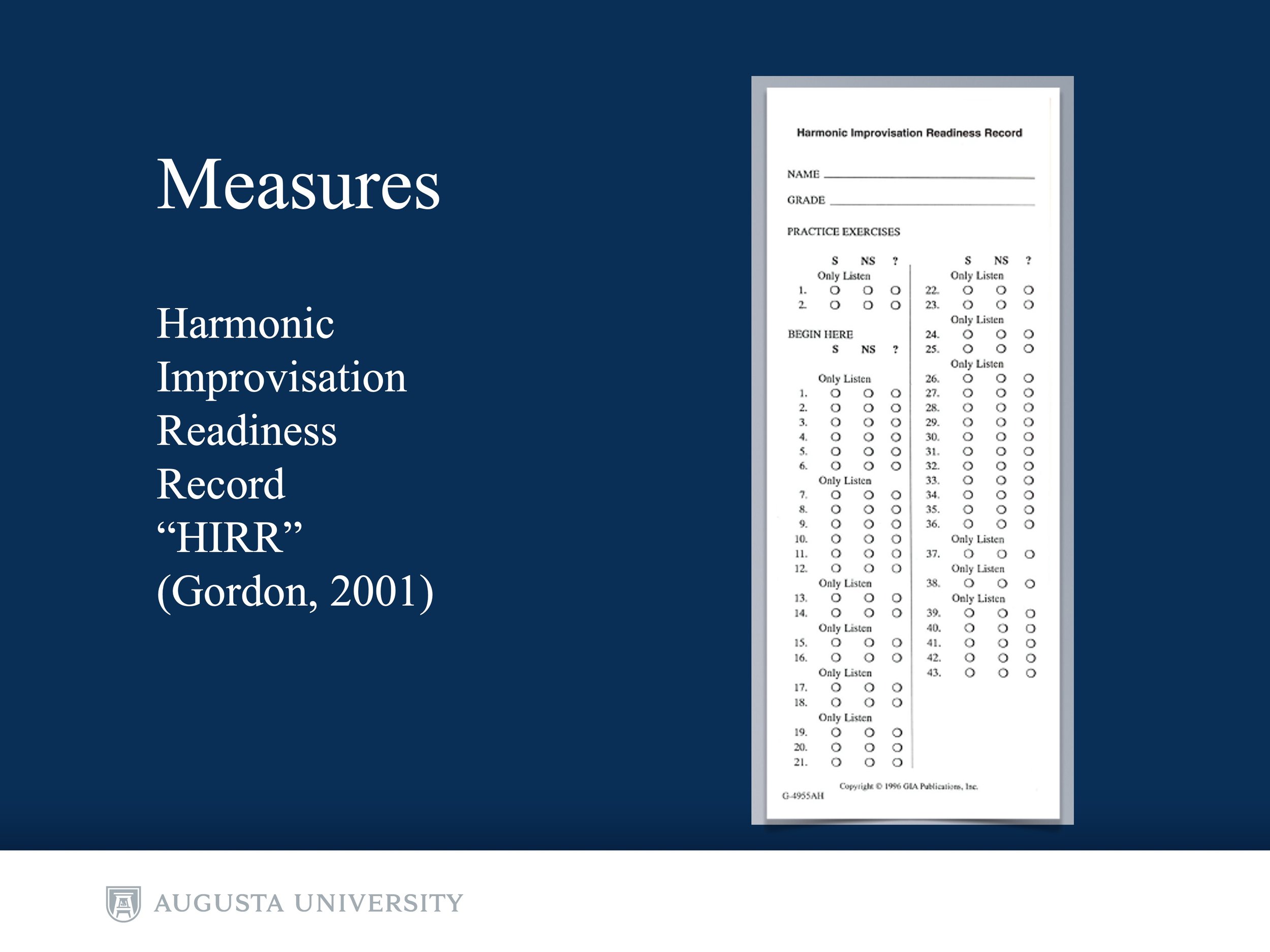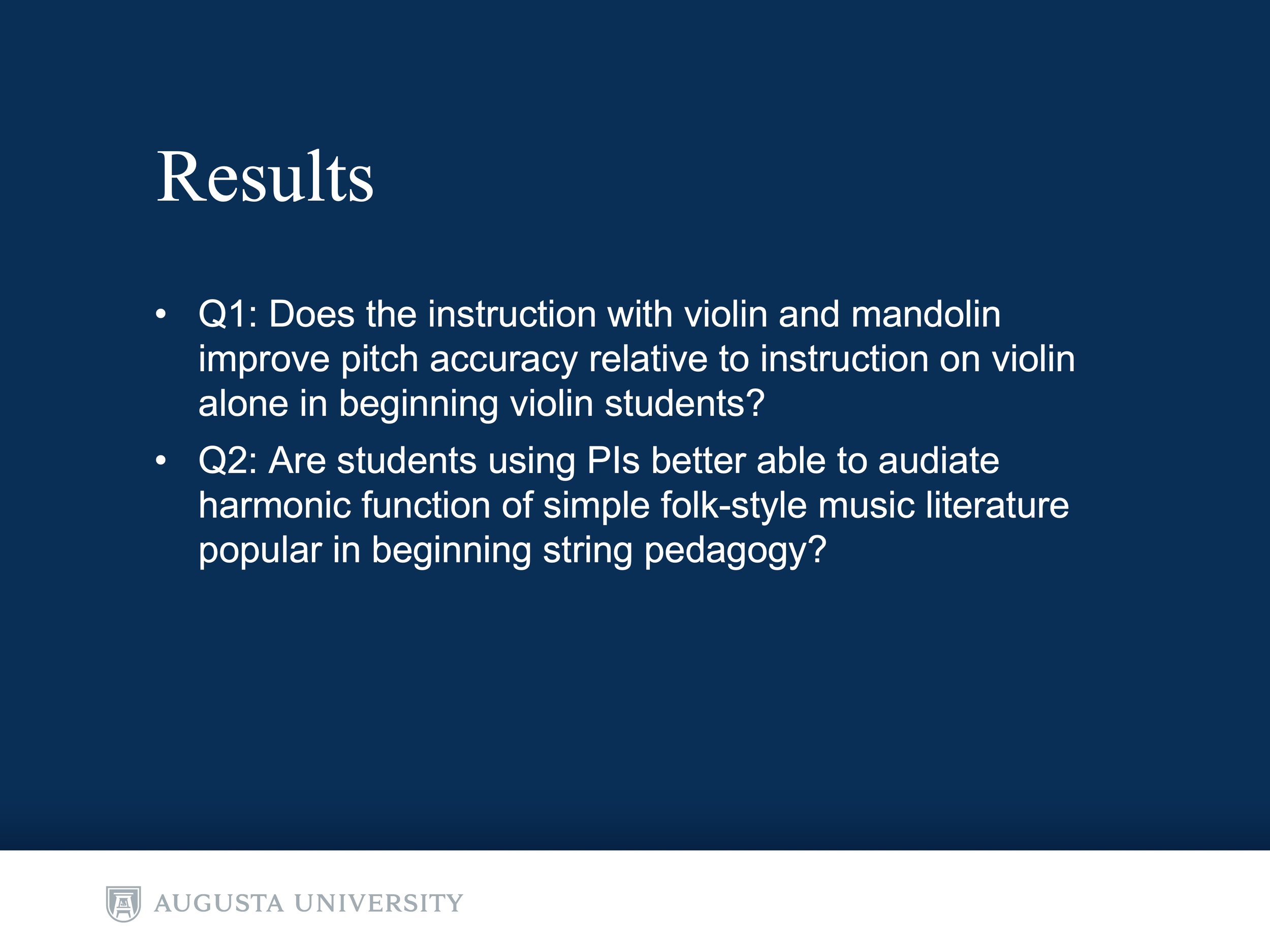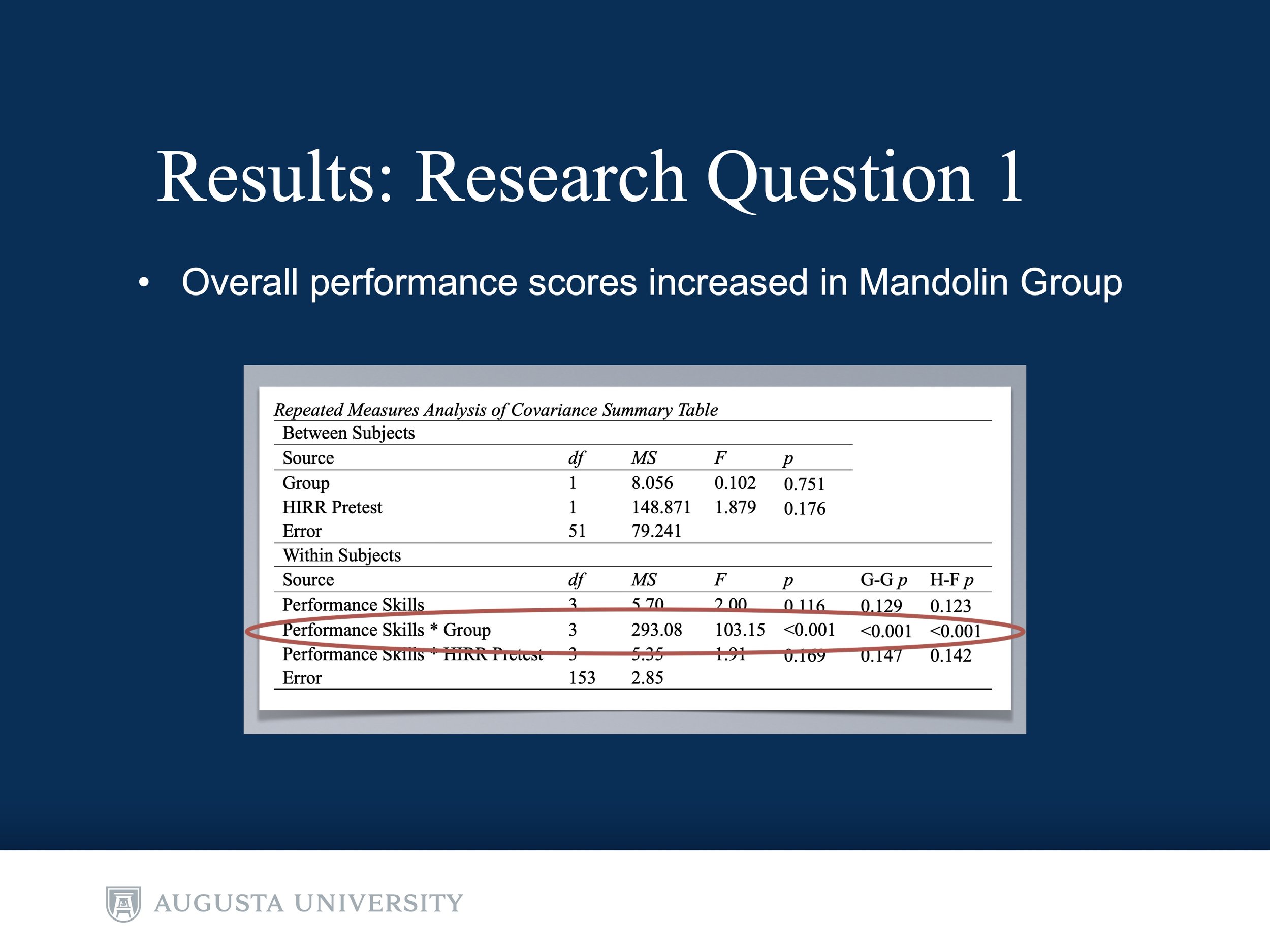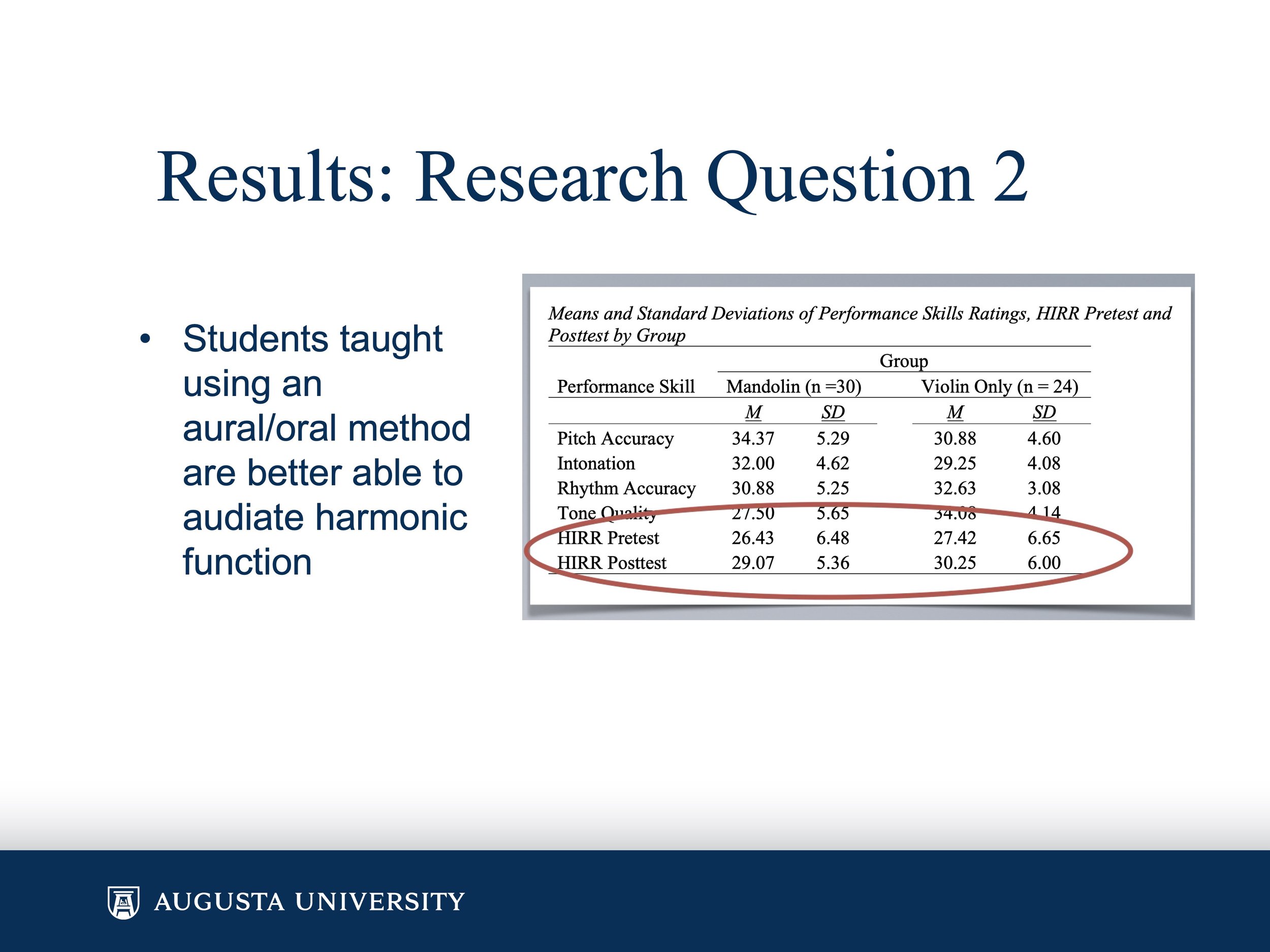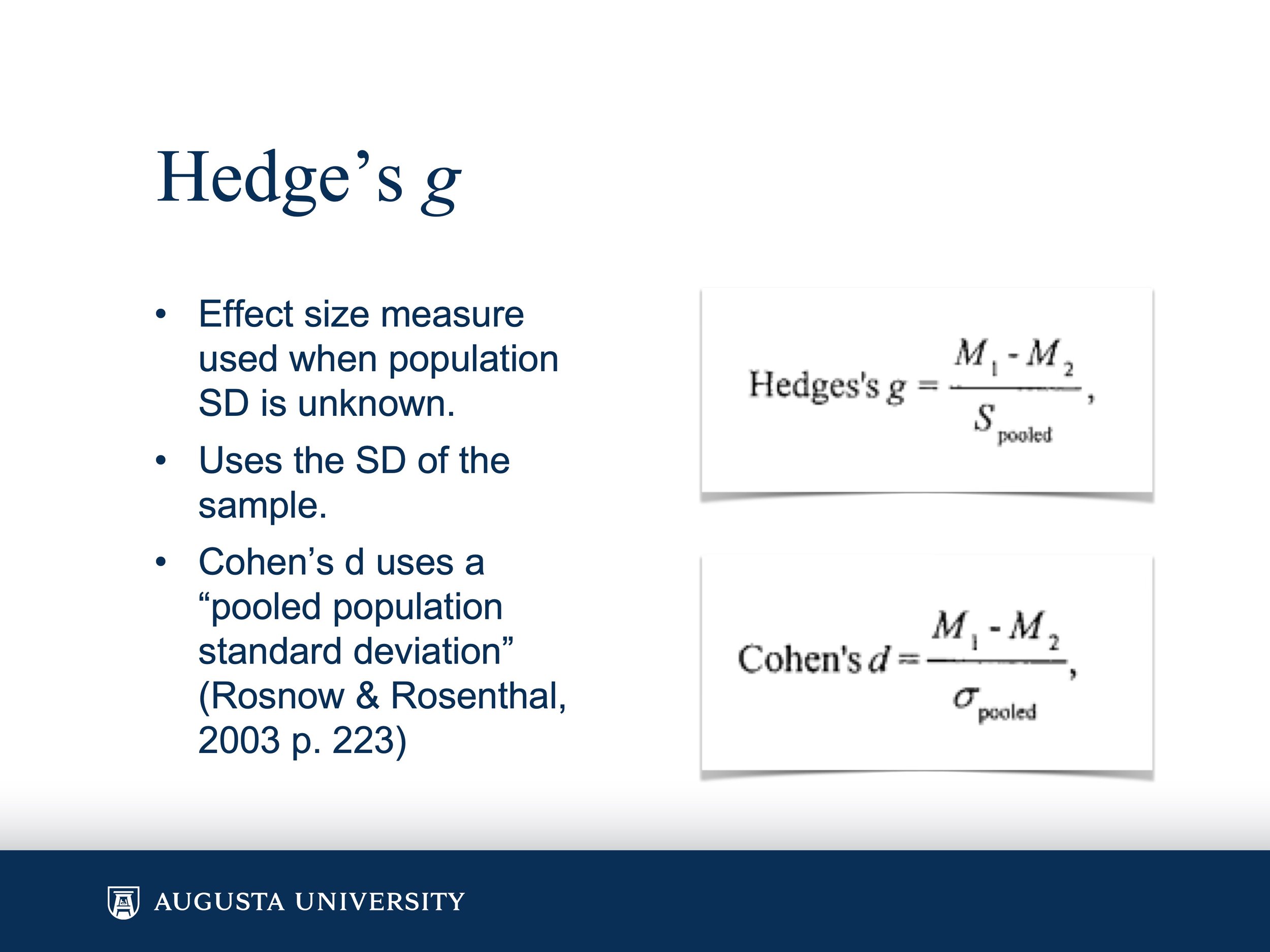Mandolin Parallels
Robert Saunders
This is a small portion of a paper presentation at the National Association for Music Education Society for Research in Music Education Biennial conference in Atlanta, GA on September 27, 2024.
Introductory instrumental music teaching is challenged by the need to teach both technical skill and musicianship concurrently. Many violin students begin instruction during their fifth year of primary school, at an age when developmental music aptitude and the ability to increase their music potential has stabilized (Gordon, 1986). Rather than addressing the diversity of student’s musical foundations by incorporating aural skills together with initial executive skills, many teachers adhere to traditional methods of violin instruction. Many popular method books structure learning based on associating music notation directly to executive technique rather than associating aural tonal concepts with physical executive skills.
Instruments from the same family are often used by professional musicians for the purpose of doubling, or learning to play multiple instruments proficiently. Parallel Instruments, however, exhibit close aural characteristics (such as the same tonal range) but may be from different traditional instrument families. Examples of parallel instruments include upright bass and electric, various keyboard instruments such as piano, accordion, and melodica, and the focus pairing of this study, mandolin and violin.
Mandolin was designed to perform and accompany the same music repertoire as the violin. The construction and tuning design were purpose built to address the challenges of this music. Artists have shown the versatility of the mandolin through modern performances in varied world music. The outcomes of a parallel instrument pedagogy are specifically musical in nature. However, through establishing internalized musicianship skills early in a young instrumentalists development, students can access a world of music beyond the standard repertoire of their chosen instrument. As seen in this study, using a parallel instrument such as the mandolin in beginning classes helps establish two key fundamental musicianship skills setting a foundation for developing creative musicianship.

